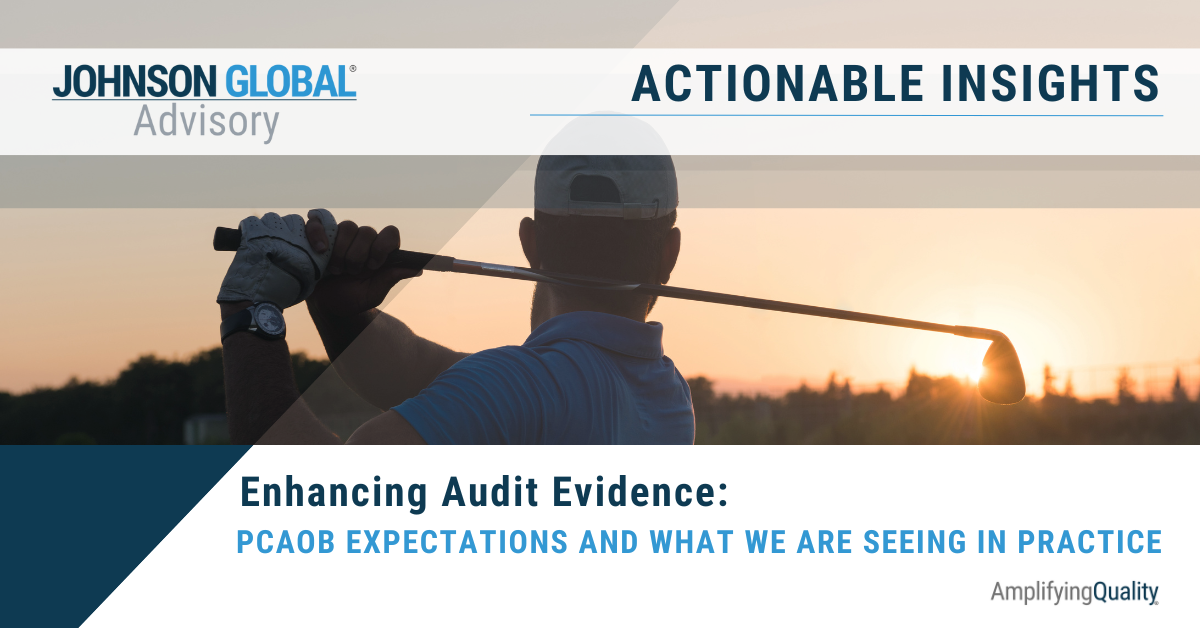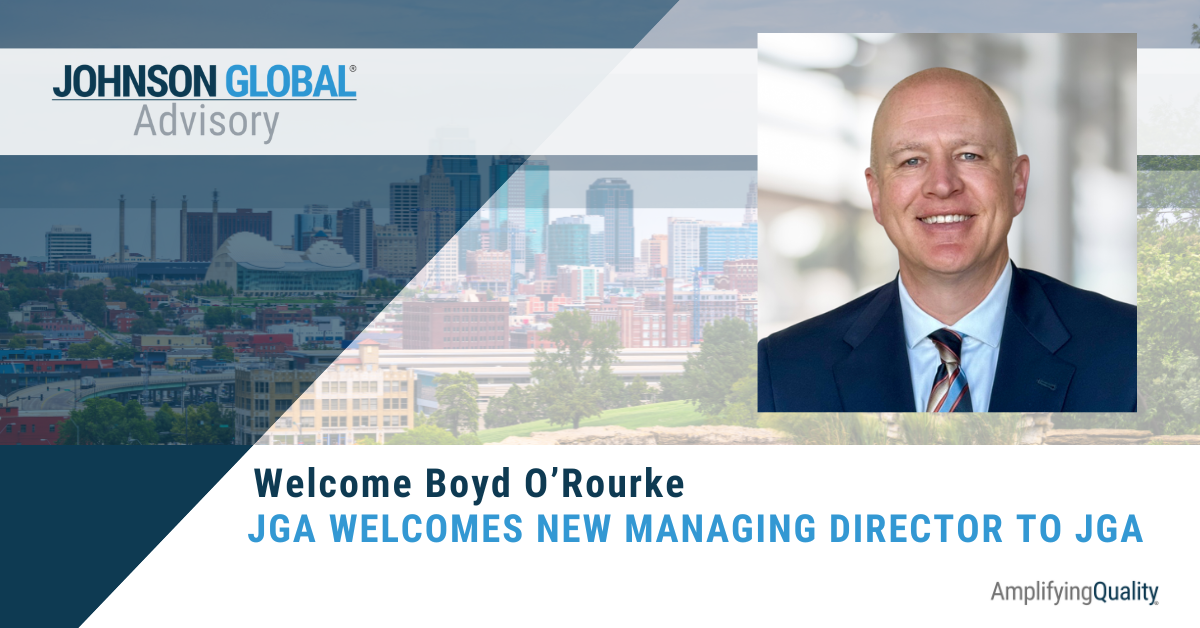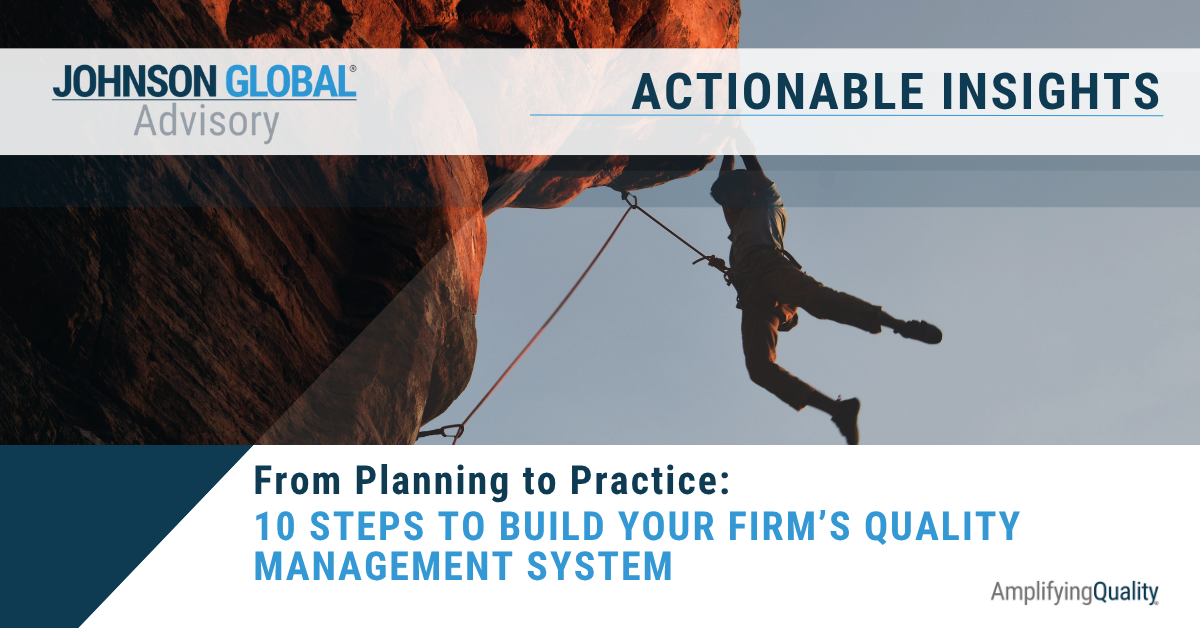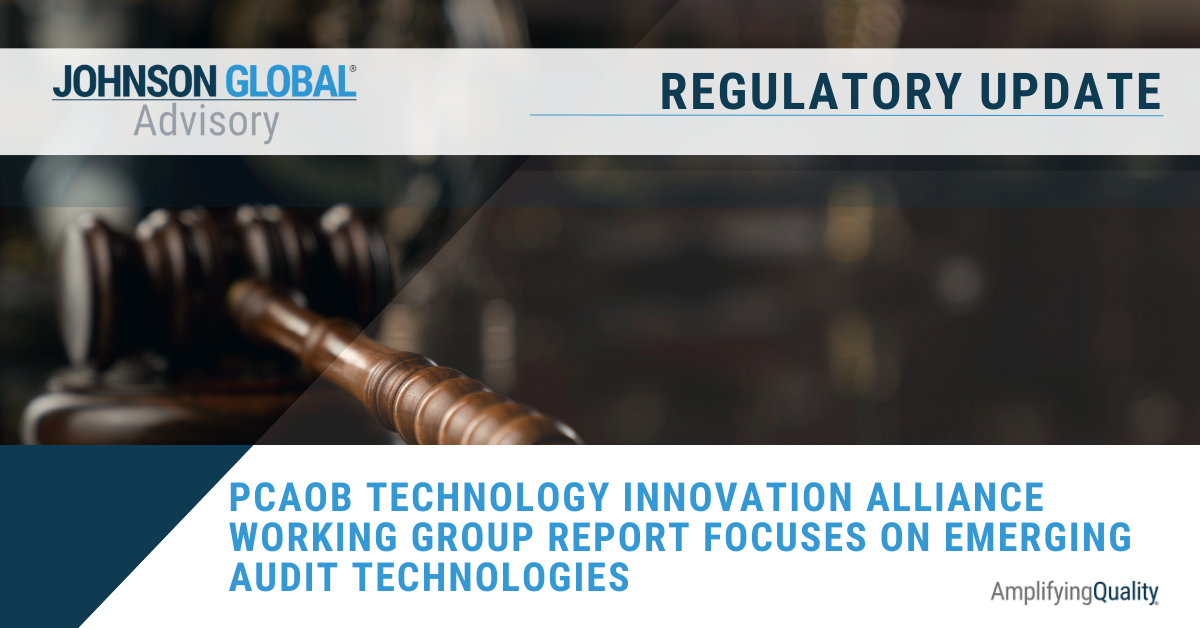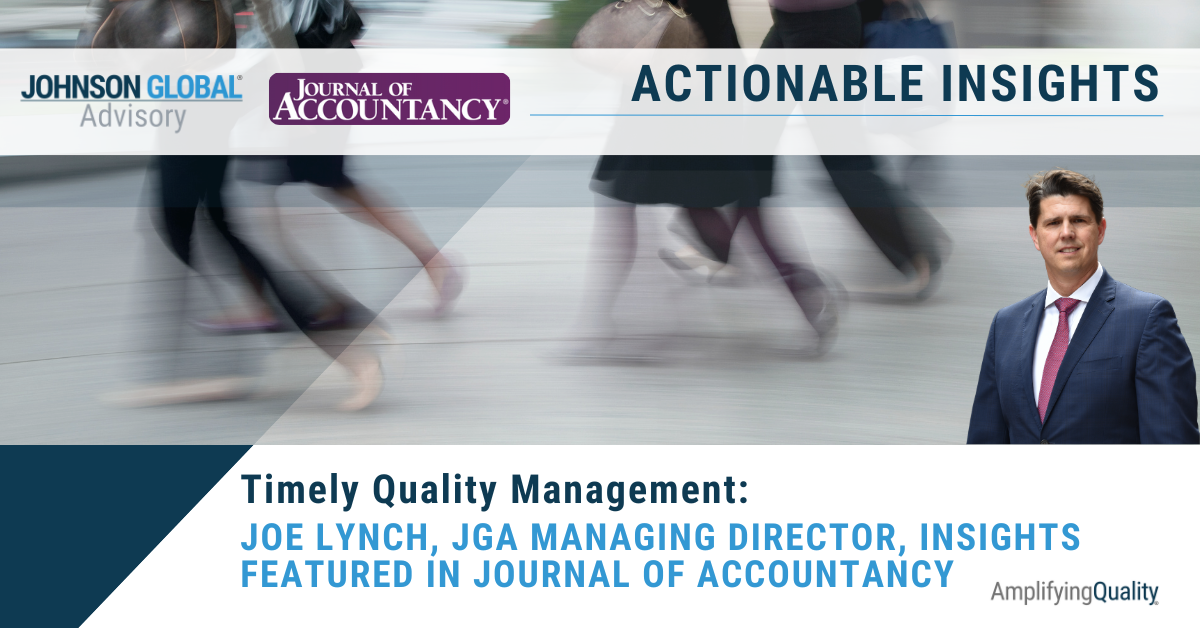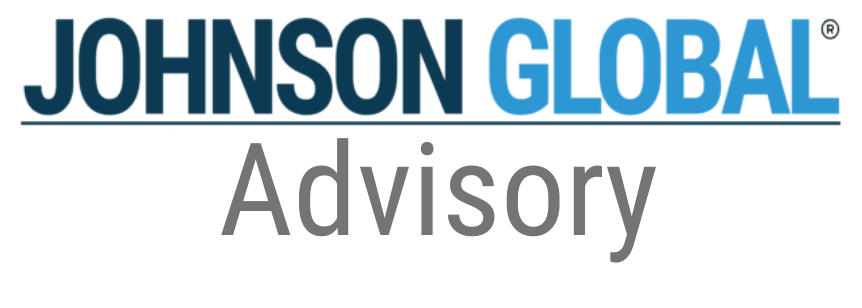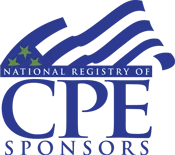The Rise of SPACs: Risks to Consider for this Emerging Trend

I know, it sounds like a sequel to the Star Trek saga, but I assure you, it is far closer to home than the depths of space. Surprisingly, despite the uncertainty in the markets as a result of COIVD-19, 2020 was a big year for public offerings. While IPOs continue to occur, have you ever heard of SPACs? If you’re like me, the answer is no, not really. At least not until 2020.
A SPAC is a special-purpose acquisition company that raises cash through an IPO for the sole purpose of funding the acquisition of another company. The money raised through the IPO is put in interest-bearing accounts where it sits until an acquisition is made. Each SPAC has differing governing documents, but typically, the SPAC has about two years to complete an acquisition or the entity is liquidated. While some SPACs are formed with a specific target in mind, investors in a SPAC often do not know what company will be acquired and thus, when the transaction comes to fruition, investors in the SPAC are able to liquidate their shares if they don’t want to be invested in the target company. Because the sole purpose of the SPAC is to raise funds to purchase another company, they are sometimes referred to as “blank check companies.” They have no assets and there are no operations and thus the IPO process for a SPAC is much easier than for a traditional operating company. Once the SPAC has raised its funds and selected a target, it executes the transaction and the acquired company now becomes a public company. THIS is the real purpose behind SPACs.
While SPACs are nothing new and have existed for decades, their use has been very limited; that is, until 2020. In 2020, SPACs raised a total of $82.1 billion, up more than six times from the $13.5 billion raised in 2019 1 .
So why is there such an interest in SPACs? The appeal behind SPACs is that it can significantly reduce the time it takes for a company to gain access to the public markets, as compared to the traditional IPO process.
In a traditional IPO, the due diligence process is much more robust and a company seeking to go public must submit a registration statement to the Securities and Exchange Commission (SEC) which can involve multiple rounds of SEC reviews and comments prior to the actual offering. Through a SPAC, however, target companies access public markets through a merger with the public SPAC entity. While mergers and acquisitions still take time to complete, there are less hurdles in the process and as a result, it can usually occur faster than an IPO.
So what are some of the risks involved with SPACs? Because of the nature of required disclosures in an acquisition, much of the same data is being provided as in an IPO registration statement; for instance, a registration statement requires audited historical financial statements just like the historical financial statements of the SPAC-acquired company. However, a key difference here is that a traditional registration statement goes through multiple rounds of review by the SEC prior to the IPO which can take months, whereas the audited financial statements of a target company for a SPAC become available to the SEC once the acquisition has been submitted for shareholder approval. Once approved and the merger occurs, the new company has four days to file a super 8-K and the company is now required to adhere to all public company reporting requirements. This means the target company (a private operating company) must be prepared upfront for all public company reporting and operating requirements.
In addition, in the lead up to an IPO, the SEC has strict requirements around what is able to be communicated and by whom. In a SPAC acquisition, the target company is often private and is not specifically restricted in how or what is communicated with the public. For instance, startups that use SPACs to go public can continue to communicate with the public up until the acquisition, including communicating future projections which may not be fully grounded or vetted. Startups typically have strong growth forecasts, but we also know that plenty of IPOs fail to achieve those projections. The same holds true for startups that go the SPAC route. Of course, investors in the SPAC have the option to sell their shares prior to the execution of an acquisition if they think the target company is over-valued, but that assumes investors are knowledgeable enough and have access to financial data to make informed decisions about the target company.
Another risk is found in the potential “conflict of interest” for SPAC sponsors. The sponsors are incentivized to execute a transaction and close a deal. While the sponsors must operate and execute according to the governing documents, some sponsors may be influenced to close on “any” deal as opposed to an “appropriate” deal. Or, without advance regulatory review, this could also result in poorer upfront due diligence by the sponsors for the sake of closing the deal and getting paid.
These risks seem to relate mostly to the public interest. What about audit risks involving SPACs? For auditors, the risks surrounding a SPAC and/or SPAC acquisition are not significantly different from that of any other merger or acquisition. However, there are a couple key points to keep in mind if you run across a SPAC acquisition (likely of your client, the target private company):
- Acceptance and Continuance: Given some of the SEC/PCAOB regulation and compliance factors discussed below as well as the “significant unusual transaction” of going public through a merger, we recommend engagement teams re-visit acceptance and continuance decisions and ensure proper completion and approvals throughout the firm. In completing the A&C forms, engagement teams should consider client competencies and readiness for becoming a public client. All of these elements will change the overall risk associated with the client audit.
- Independence: Because public companies require a PCAOB opinion, audit firms will now need to consider SEC and PCAOB independence rules with respect to the private client and the public SPAC. There are differences between AICPA independence rules (the rules most typically applied to private company audits) and SEC/PCAOB independence rules. Mergers that result in a private company becoming public can easily lead to independence oversights, so be sure to fully vet out all past and current services and relationships and ensure SEC/PCAOB compliance prior to accepting/continuing the engagement and prior to issuing the PCAOB opinion over the financial statements. For additional insight on common independence pitfalls, refer to
Independence Violations.
- Risk Assessment: In addition to A&C procedures, re-visit risk assessments such as inherent risks and fraud risks. There are additional fraud considerations such as incentives or pressures for SPAC sponsors to execute transactions. While the SPAC sponsors are separate from the private company management, the target company could also be pressured to promote stronger financial performance or to accelerate the due diligence process including rushing an audit to enable a faster close time for the transaction. Audit teams need to incorporate these potential risks into the planning and risk assessment.
- Historical Financial Statements: Target companies must be prepared to issue historical financial statements that are reported under US GAAP applicable to public companies (with some exceptions permitted) and audited in accordance with PCAOB standards. SPACs typically acquire private operating companies and because PCAOB standards are only required for public companies, many target companies will need to obtain PCAOB audits for historical financial statements. In addition, private companies being acquired by a SPAC will now have to accelerate adoption of all new accounting guidance applicable to public companies. While ICFR is not initially mandatory in the first year, target companies will need to start formalizing internal controls and ensuring they have appropriate resources, including knowledgeable staff familiar with US GAAP and SEC reporting.
- PCAOB Registration: In complement to the point above, for some audit firms who focus only on private company clients, issuing a PCAOB opinion may require the firm to register with the PCAOB which will open the firm to PCAOB regulation including inspections over engagements and the firm’s system of quality control. Firms should consider these internal regulatory risk factors when doing acceptance and continuance procedures and assessing client risks.
- Accounting Treatment: As with any acquisition, it is important to be familiar with how these transactions are typically accounted for. Is it an asset purchase? An acquisition? Reverse merger? For SPACs, often the target company is considered the surviving company (acquirer) because the SPAC would not meet the definition of a business. In these situations, the acquisition would typically be accounted for as a reverse recapitalization which means the target company’s historical financial statements become the surviving entity’s historical financials. It is worth noting that no new goodwill or intangible assets would be recognized as it is not an acquisition but a recapitalization. If you’re not sure about the accounting, there are a number of industry publications that help explain SPACs and lay out the relevant accounting guidance. Engagement teams should consider consultation with technical experts to confirm appropriate accounting treatment and financial statement presentation. We recommend that the accounting – and possibly the auditing – over these types of transactions be a mandatory consultation under a firm’s QC system. This consultation could also cover the adoption of all public-company US GAAP requirements that are triggered as a result of the transaction.
- SEC Reporting Requirements: Once the private company is public, on a go-forward basis, it is subject to all SEC reporting requirements, including quarterly reporting, which may only be a few weeks after the transaction closes. Engagement teams must ensure that their client has a robust interim reporting process in place to enable effective quarterly reviews under PCAOB standards at the outset.
- Consistency of Other Information: Related to the risk assessment points made above, how did actual results compare to management’s assertions to potential investors before the SPAC transaction? Now that information related to the company’s performance and prospects will be reported in the MD&A, a thorough multi-year audit under PCAOB standards will surely improve the transparency over the historical results and the reasonableness of prospective information. While auditors only issue opinions over the financial statements, keep in mind the following PCAOB standards that relate to other information included with audited financial statements: AS 2701: Auditing Supplemental Information Accompanying Audited Financial Statements and AS 2710: Other Information in Documents Containing Audited Financial Statements.
I think 2020 was just the start of the rise of SPACs. Keep your eyes open and you’ll see them appear in headlines all over the news; after reading my first article on SPACs earlier this year, I have since read dozens more. Most articles seem to be a veiled “warning” of sorts identifying the significant rise in SPAC capital raised and the potential increased risk to investors. No doubt SPACs are on the SEC’s radar and they are considering whether additional oversight and regulation is necessary, but it wasn’t until 2020 when SPACs really began to take center-stage. Time will tell how this stage plays out, but for now, SPACs are becoming a new norm. If you come across a SPAC acquisition, keep in mind the risks and ensure you’re comfortable opining, even if the deadlines are accelerated and tighter than a traditional IPO.
Dane Dowell is a Director at Johnson Global Accountancy who works with PCAOB-registered accounting firms to help them identify, develop, and implement opportunities to improve audit quality. With over 12 years of public accounting experience, he spent nearly half of his career at the PCAOB where he conducted inspections of audits and quality control. Dowell has extensive experience in audits of ICFR and has worked closely with attorneys in the PCAOB’s Division of Enforcement and Investigations. Prior to the PCAOB, he worked with asset management clients at PwC in Denver, Singapore, and Washington, DC.
